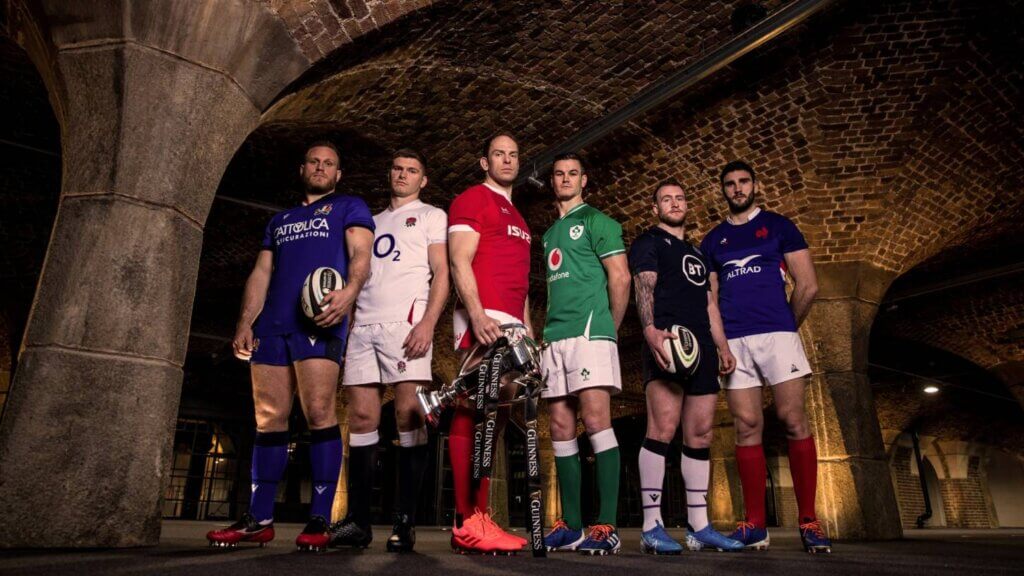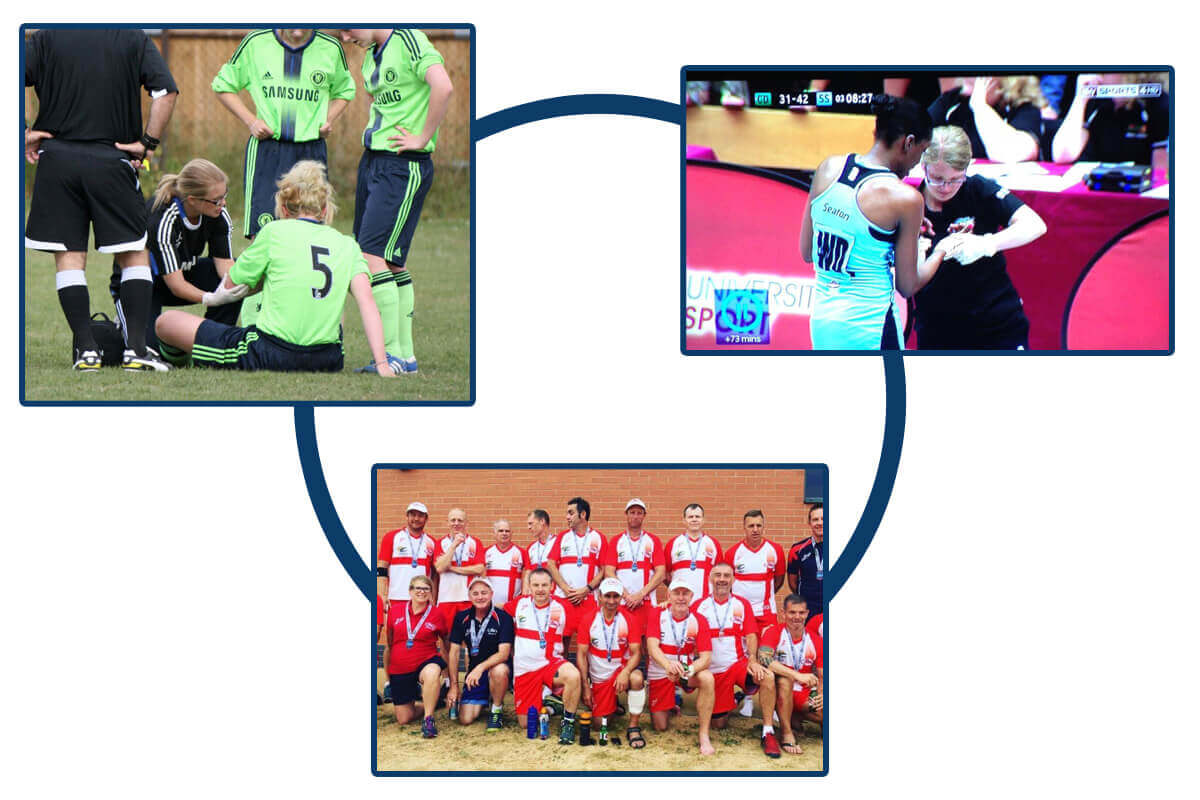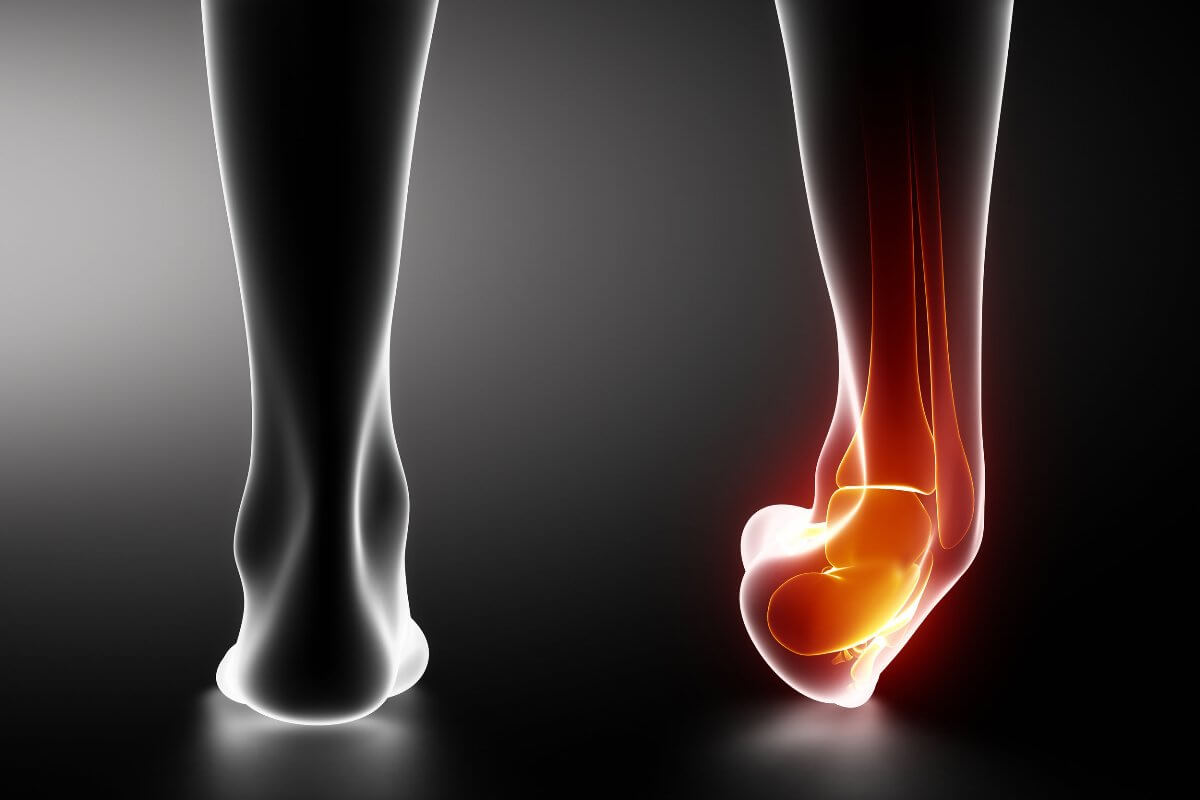Can you believe it is March already? It is the month where it officially becomes spring, daffodils and snow drops finally rear their heads after months of being down under, and at last we can look forward to lighter evenings. It is also the month of the culmination of the 6 Nations Rugby, a sports event I have been following closely.

Having spent many years working pitch side in professional sport, I still find it hard to watch a match as a spectator and not as a Sports Therapist. I can’t seem to shake it out of me and I am always more focused on players who go down and stay down than watching the next try. It’s as though I am right there, adrenaline pumping, waiting to run on to help anyone who gets injured.
In contact sports such as rugby as medical staff you always have to be ready to run, as there is a heightened risk of acute injuries – an injury that occurs suddenly. In a rugby season as many as 1 in 4 players will suffer an injury. Of these over 40% are muscle strains (tears) or contusions (bruising), and 30% are sprains (ligament tears) followed by dislocations, fractures, lacerations and over-use injuries.
However, you will be surprised how many injuries also occur in non contact sport. This month I return to working for England Touch Rugby as the players prepare themselves for the European championships this summer. With the environment playing its role in injuries with the hard ground I must prepare myself for the upcoming season.

So, I thought this month would be a perfect time to draw upon my years of experience treating injuries and discuss with you how to recognise an injury and what to do about it.
Let’s start with the presentation. When a soft tissue injury such as a strain or sprain occurs tissue in the body is damaged and this kick-starts the inflammation process. Chemicals in the white blood cells are released into the blood and the affected tissues to protect the body. These chemicals increase blood flow to the infected or injured body areas, causing REDNESS and HEAT in those locations.
These chemicals may also cause leaking of fluids into tissues, SWELLING. This protective process will also stimulate nerves and tissues, causing PAIN. These symptoms in turn cause a loss of function in the affected area.

For example – if you roll your ankle, a ligament tears and soon your ankle is painful, hot and red, and starts swelling. This causes a lack of movement in the foot and you are unable to walk normally. Although not all injuries present with all symptoms just be aware of the following signs:
- PAIN
- HEAT
- REDNESS
- SWELLING
- LOSS OF FUNCTION
So, this brings me on to the treatment of an injury. What should you do about it?
For years, as a sports therapist we followed various acronyms for the treatment of injuries some of which you may have heard of; I.C.E, R.I.C.E, P.R.I.C.E to P.O.L.I.C.E. In 2019 the newest ones were derived and now incorporates the immediate care P.E.A.C.E and subsequent management of injuries L.O.V.E. I will explain now what they mean:
P for Protect
You should unload or restrict movement for 1 to 3 days to minimise bleeding, prevent distension of injured fibres and reduce risk of aggravating the injury. Rest should be minimised as prolonged rest can compromise tissue strength and quality. Rely on pain signals to guide removal of protection and gradual reloading.
E for Elevate
Elevate the limb higher than the heart to promote interstitial fluid flow out of tissue.
A for Avoid anti-inflammatory modalities
Avoid anti-inflammatory medications as they may be detrimental for long-term tissue healing. The various phases of inflammation contribute to optimal soft tissue regeneration. Inhibiting such an important process using anti inflammatories is not recommended as it could impair tissue healing.
C for Compress
Apply external pressure using taping or bandages to limit swelling and bleeding within the tissue.
E for Educate
Be educated – See a sports therapist who can educate you on the benefits of an active approach to recovery.
After the first days have passed, soft tissues need LOVE
L for Load
Take an active approach with movement and exercise. Mechanical stress should be added early and normal activities resumed as soon as symptoms allow. Optimal loading without exacerbating pain promotes repair, remodelling and building tissue tolerance and capacity of tendons, muscles and ligaments.
O for Optimism
Stay optimistic. The brain plays a key role in rehabilitation interventions. Psychological factors such as depression and fear can present barriers to recovery. While staying realistic, optimism may enhance the likelihood of an optimal recovery.
V for Vascularisation
Start pain-free activity a few days after injury to boost your motivation and increase blood flow to the injured structures. Early mobilisation and aerobic exercise such as swimming and cycling improve function, work status and reduce the need for pain medications in individuals with musculoskeletal conditions.
E for Exercise
Do your exercises! Exercises will help to restore mobility, strength and proprioception early after injury. Pain should be avoided to ensure optimal repair during the sub-acute phase of recovery, and should be used as a guide for progressing exercises to greater levels of difficulty.
So to recap, if you think you may have injured yourself and this is not just limited to sport: keep an eye out for the 5 signs of inflammation – redness, heat, swelling, pain and loss of movement. Come in and see myself or Adam and we can treat appropriately advising the correct exercises. This will optimise your recovery and get you back to doing the activities you love. Then follow the P.E.A.C.E and L.O.V.E guidelines with the help of your Sports Therapist. Remember you are better to get help early on than suffer the consequences later.
Bridget Higgs
Sports therapist MSc

